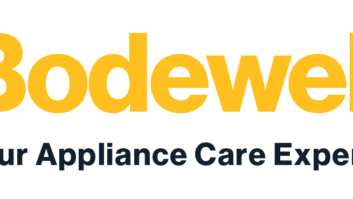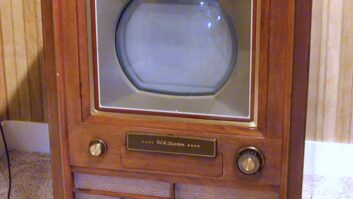Years ago, the autosound aftermarket rightly feared the arrival of the digital OEM databus and the integration of multiple OEM electronics and electrical systems.
These technologies rendered many aftermarket autosound installations impractical because removing a factory head unit often disabled one or more OEM systems. The OEM developments did indeed cause irreparable harm to the aftermarket, as did the rising quality of OEM sound systems.
But now the aftermarket is leveraging the OEM databus to its advantage.
Canadian company Automotive Data Systems has unleashed its Maestro RR module to easily integrate aftermarket Kenwood A/V and A/V-navigation head units into a vehicle’s databus to retain the functionality of factory infotainment systems. ADS offers Maestro RR software for Ford Sync systems but soon will offer software upgrades to deliver Kenwood head-unit compatibility with GM Infotainment systems, including GM’s famous OnStar system.
On top of that, Maestro RR enables select 2013 Kenwood head units to offer features that the factory infotainment systems don’t, including the display of vehicle information and diagnostic codes not displayed by factory systems.
Other ADS modules and modules from Audiovox enable control of factory systems from aftermarket security and convenience systems through an OBD II port, eliminating the splicing of multiple power wires as was the case in year’s past.
Another case in point: Automotive electronics manufacturer Access2Communications has developed the $179 TextBuster, a small box that plugs into a vehicle’s databus port, from which it gets power. For cellphones equipped with a password-protected TextBuster app, the device prevents phones from texting, emailing or accessing the Internet for data other than GPS-based navigation. Parents can also set it to trigger an email alert if the car is driven faster than a preset speed, driven after a set time, or driven onto a highway if a teen-age driver is allowed only to drive on local streets. The device communicates with the phones via Bluetooth.
Another case in point: OEM electronics maker Harman, which is developing plans to market hardware and software upgrades and streaming services for the company’s OEM infotainment systems. Sales are planned through automakers, car dealers and aftermarket retailers.
Some of these upgrades will likely plug into a databus port; others might use simple wiring-harness connectors. In either case, the intent is to help a factory-installed infotainment system keep pace with rapid technology advances long after a new car has been purchased.
In and of itself, fast-paced technology change is another OEM Achilles heel, and that too will help keep the aftermarket alive. Just take a look at the displays on those expensive factory navigation systems. Give me a big-screen PND or aftermarket nav system any day.













